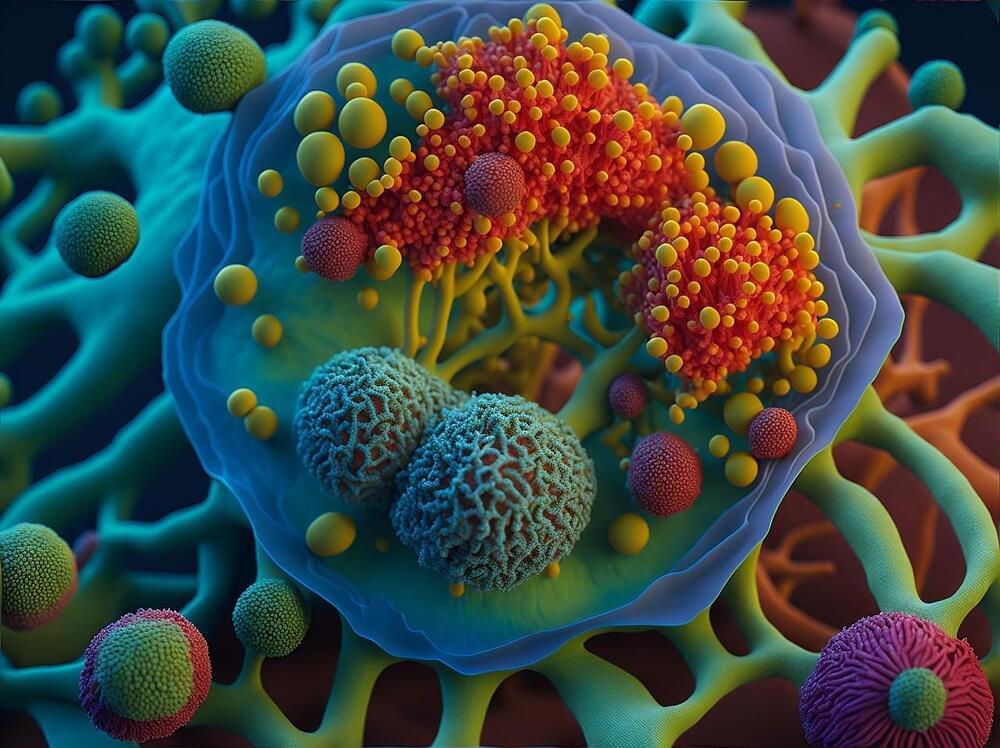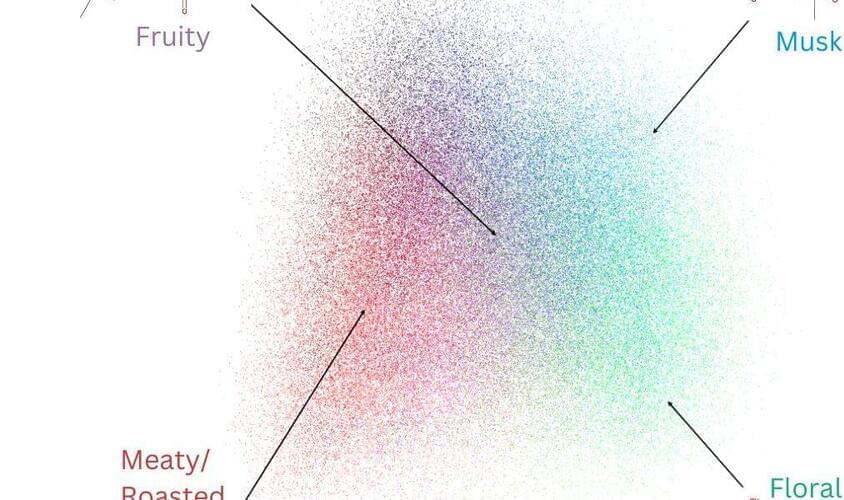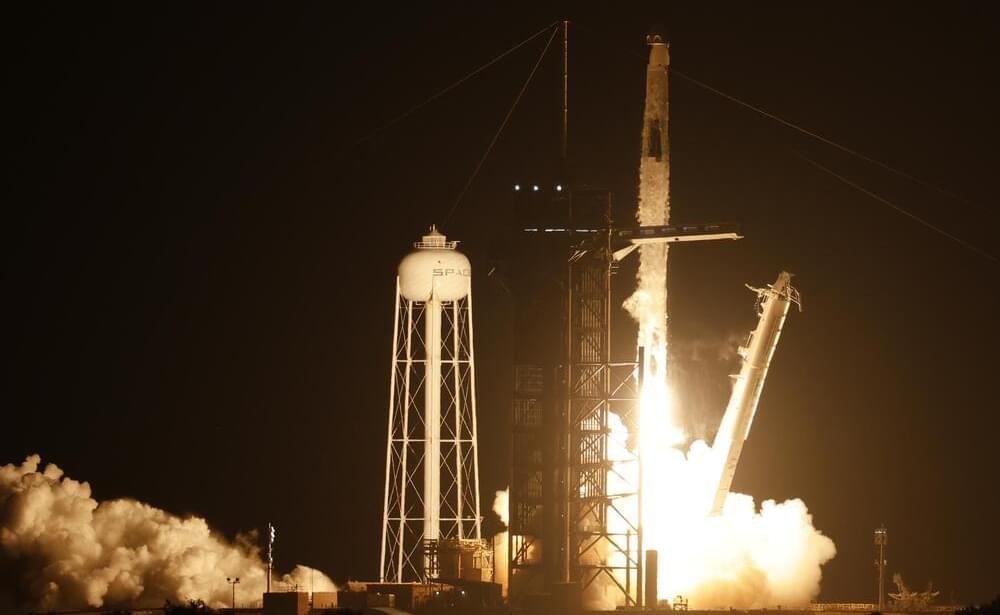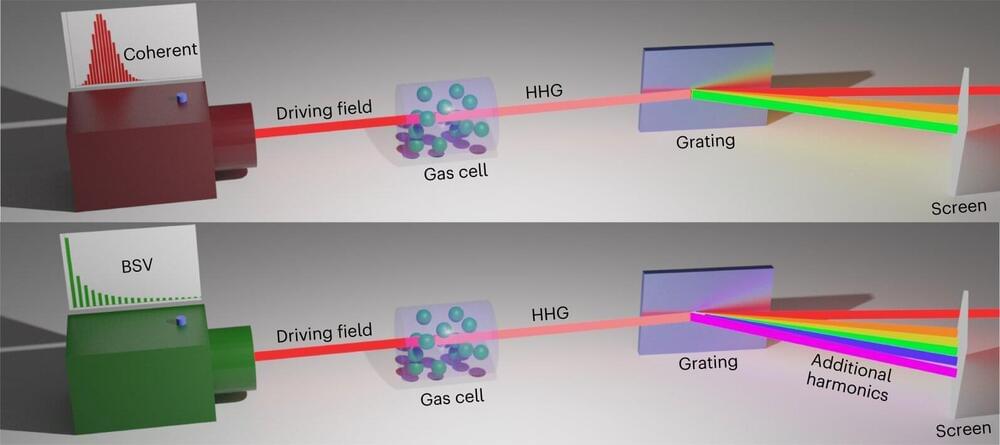Cancer is a deadly disease with multiple risk factors. Risk factors are dependent on the type of cancer and each one is treated differently. The heterogeneity of various cancers is the main reason there is no cure. Additionally, cancer evolves and can also come back after being treated and lying dormant for years. Therefore, it is very difficult to find an effective treatment that provides high quality of life for patients.
One aggressive cancer that is difficult to treat includes glioblastoma. This brain tumor is fast-growing and results in the form of many different symptoms including headache, vomiting, and seizures. Unfortunately, there is not much known on glioblastoma. The cause of this disease is unclear and treatment options are limited. This tumor stays in the brain and does not metastasize, but because of its location, glioblastoma is hard to treat. Currently, treatment options include radiation, chemotherapy, and surgery with limited success. Even immunotherapy, a more recent treatment, which activates the body’s immune system to kill the tumor has limited efficacy in the brain.
A group of researchers led by Dr. Robert Prins at the David Geffen School of Medicine at University of California Los Angeles (UCLA) recently published an article in the Journal of Clinical Investigation (JCI) describing new research that could help overcome obstacles to glioblastoma treatment. More specifically, Prins and colleagues have reported why glioblastoma that originates from other parts of the body respond better to immunotherapy compared to glioblastoma that originates in the brain.



 עברית (Hebrew)
עברית (Hebrew)


